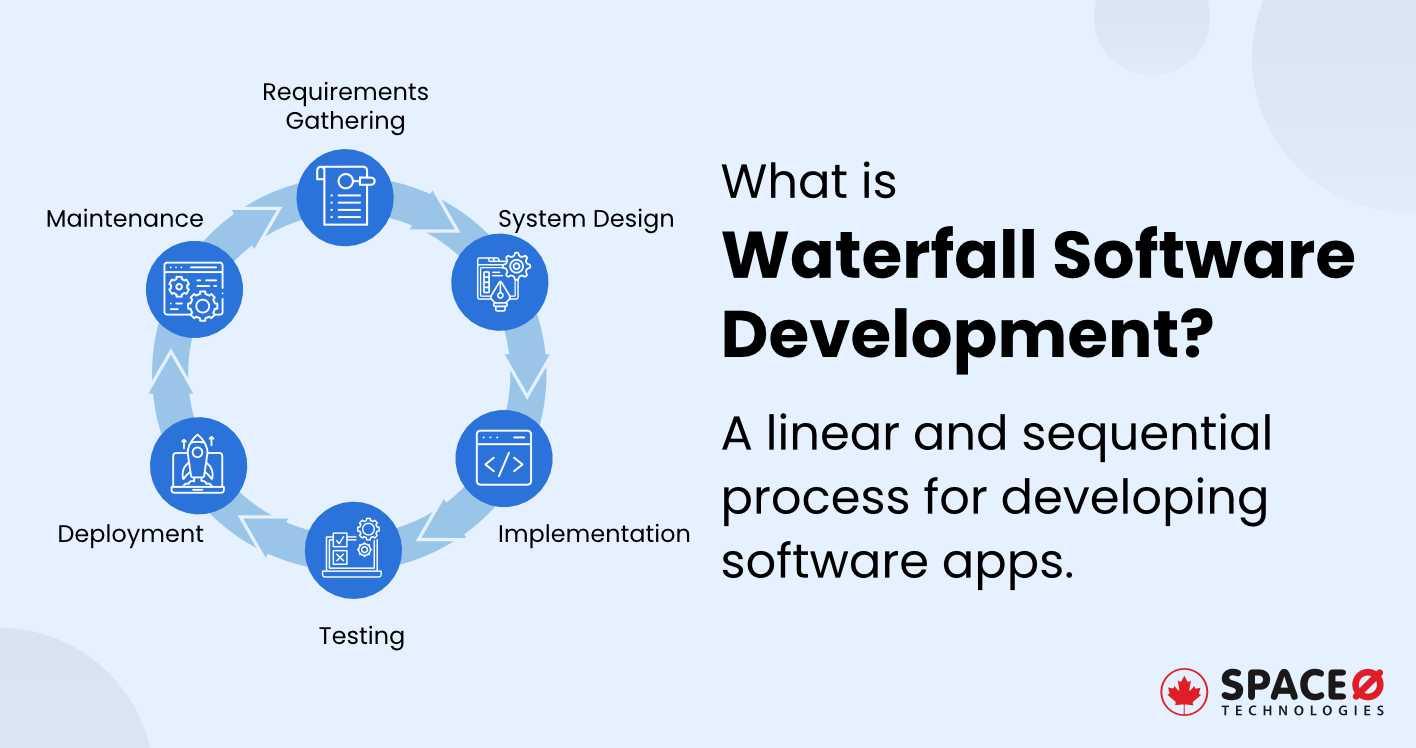
What is Compliance Testing in Software Testing? [A Brief Explanation]
Table of Contents
What is Compliance Testing?
Compliance testing is a type of software testing that ensures a software system is in line with internal or external standards, regulations, or contractual agreements.
The goal of compliance testing is to validate that the system is designed and functioning by the requisite norms. However, non-compliance could lead to legal issues, fines, or damage to the company’s reputation.
Compliance testing is a type of non-functional testing. Similar to functional testing, conducting non-functional testing is also important as it allows you to make your software secure, reliable, and usable, and ensure it performs well.
Moreover, if you want to understand both of these methods of testing, check our detailed guide on software testing types. By following this blog, you will know how testing is conducted and its pure importance within software development.
Let’s understand compliance testing with an example.
Imagine you’re developing a healthcare web app that stores patient information. Compliance testing here would include checking if your app meets Health Insurance Portability and Accountability Act (HIPAA) rules. This means making sure the app securely stores and transmits patient data, protecting patient privacy.
Compliance tests can be conducted using a variety of methods including automated testing tools, manual testing, and audits. Its scope often includes security, accessibility, usability, performance, and reliability.
Within the compliance testing program, these standards could be applicable in several aspects such as:
- Functionality: Verifying that the system functions according to specific standards.
- Interoperability: Checking whether the software interacts properly with other systems as specified by the standards.
- Security: Ensuring that the software products adhere to required security standards to protect data and maintain privacy.
- Accessibility: Ensuring the software products are usable by people with disabilities, adhering to standards such as WCAG (Web Content Accessibility Guidelines).
Do you want to understand more about accessibility testing? Check our post on the meaning of accessibility testing.
Which are the Standards in Compliance Testing?
Here is the list of the uniform standards and regulations which are followed usually during software development.
- General Data Protection Regulation (GDPR)
- International Organization for Standardization (ISO)
- World Wide Web Consortium (W3C)
- Health Insurance Portability and Accountability Act (HIPAA)
- The Payment Card Industry Data Security Standard (PCI-DSS)
- ISO/IEC/IEEE12207
- Web Content Accessibility Guidelines (WCAG)
When to Conduct Compliance Testing?
Compliance testing is typically conducted during specific stages of the software development process. Here are six key conditions when compliance testing should be carried out.
- Pre-release: Before releasing the software to the public, it’s crucial to ensure it complies with all relevant regulations and standards.
- Geographic expansion: If the software is to be introduced in a new country or region, compliance testing should be done to ensure it meets the local regulations.
- Regulatory changes: Whenever a change occurs in the regulations that the software needs to adhere to, compliance testing should be carried out to ensure conformity with the new rules.
- Updates: When updates or enhancements are made to the software, compliance testing should be performed to confirm that these changes have not affected the software’s compliance status.
- Periodic checks: Depending on the specific industry or regulatory landscape, it can be beneficial to conduct compliance testing at regular intervals. This ensures ongoing compliance and helps identify any areas of non-compliance before they become larger issues.
- Incident response: In case of an incident such as a data breach or a complaint related to non-compliance, testing should be done to identify the compliance issue and rectify it.
Within an unexpected failure, the software should automatically recover. However, to ensure the software does that, you need to carry out recovery testing. If you want to learn about recovery testing, here is a explanation of recovery testing and how it helps.
6 Benefits of Compliance Testing
If you conduct conformance testing on your software, here are the benefits you get.
- Risk mitigation: Compliance testing helps avoid legal troubles and penalties related to non-compliance with software standards or regulations.
- Data security: You can securely handle user or business data, reducing the risk of breaches within your software.
- Customer trust: Users tend to trust software that complies with industry regulations, leading to higher user satisfaction and retention.
- Quality assurance: Identify and resolve issues early, contributing to the overall quality and reliability of the software product.
- Market access: Certain markets require software to be compliant with specific regulations. Compliance testing ensures your software can be sold in these markets.
- Brand reputation: Compliance with industry standards helps to enhance your brand’s reputation, making it more appealing to customers and clients.
7 Steps Process to Follow for Perform Compliance Testing
Here are the seven steps that you can take to conduct a complete compliance test.
- Identify regulations and standards: Identify all relevant legal and industry-specific standards your software must comply with.
- Understand the regulations: Interpret the requirements of these regulations and their applicability to your software, possibly with expert help.
- Create a compliance checklist: Translate the identified regulations into a specific, testable checklist for your software.
- Design test cases: Develop test cases based on the checklist. These should detail the testing scenario, expected outcome, and actual result.
- Conduct the testing: Execute each test case, either manually or via automated tools. Document all results.
- Report the findings: Create a report outlining areas where the software complies or fails to comply with the regulations.
- Follow up and re-test: Post-fixes by the development team, re-test the software to ensure compliance. Repeat this cycle until the software fully complies. Moreover, you can set up a compliance management system to manage and regularly test your software for compliance issues.
In conclusion, compliance testing is indispensable in software development, ensuring that software systems meet internal or external regulations and standards.
Quality compliance testing is a comprehensive process involving identifying relevant rules, understanding them, creating a compliance checklist, designing and conducting tests, reporting findings, and following up.
Ultimately, following compliance testing methodology helps you to improve the overall quality, security, and trustworthiness of the software while mitigating potential legal and reputation risks.
All our projects are secured by NDA
100% Secure. Zero Spam
*All your data will remain strictly confidential.
Trusted by


Bashar Anabtawi
Canada
“I was mostly happy with the high level of experience and professionalism of the various teams that worked on my project. Not only they clearly understood my exact technical requirements but even suggested better ways in doing them. The Communication tools that were used were excellent and easy. And finally and most importantly, the interaction, follow up and support from the top management was great. Space-O not delivered a high quality product but exceeded my expectations! I would definitely hire them again for future jobs!”

Canada Office
2 County Court Blvd., Suite 400,
Brampton, Ontario L6W 3W8
Phone: +1 (437) 488-7337
Email: sales@spaceo.ca




